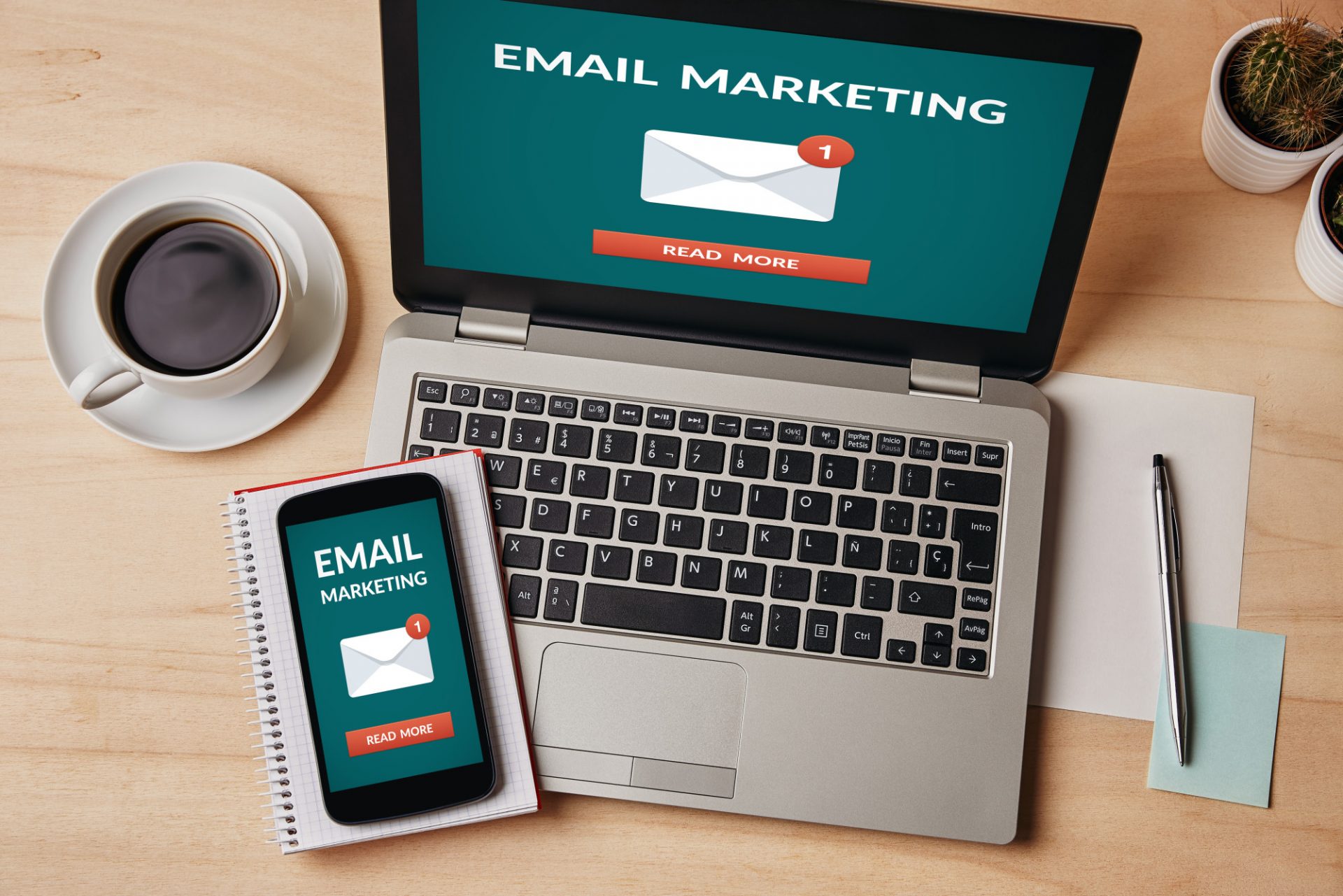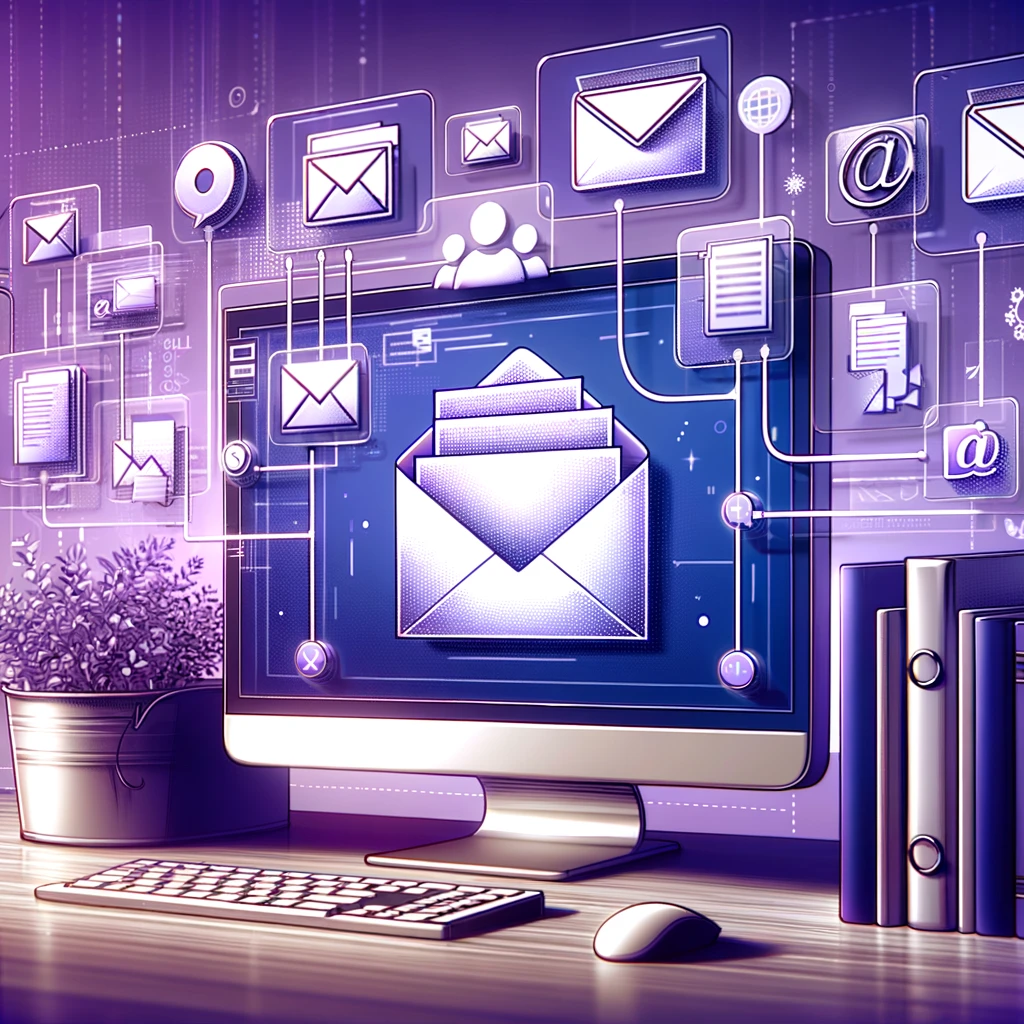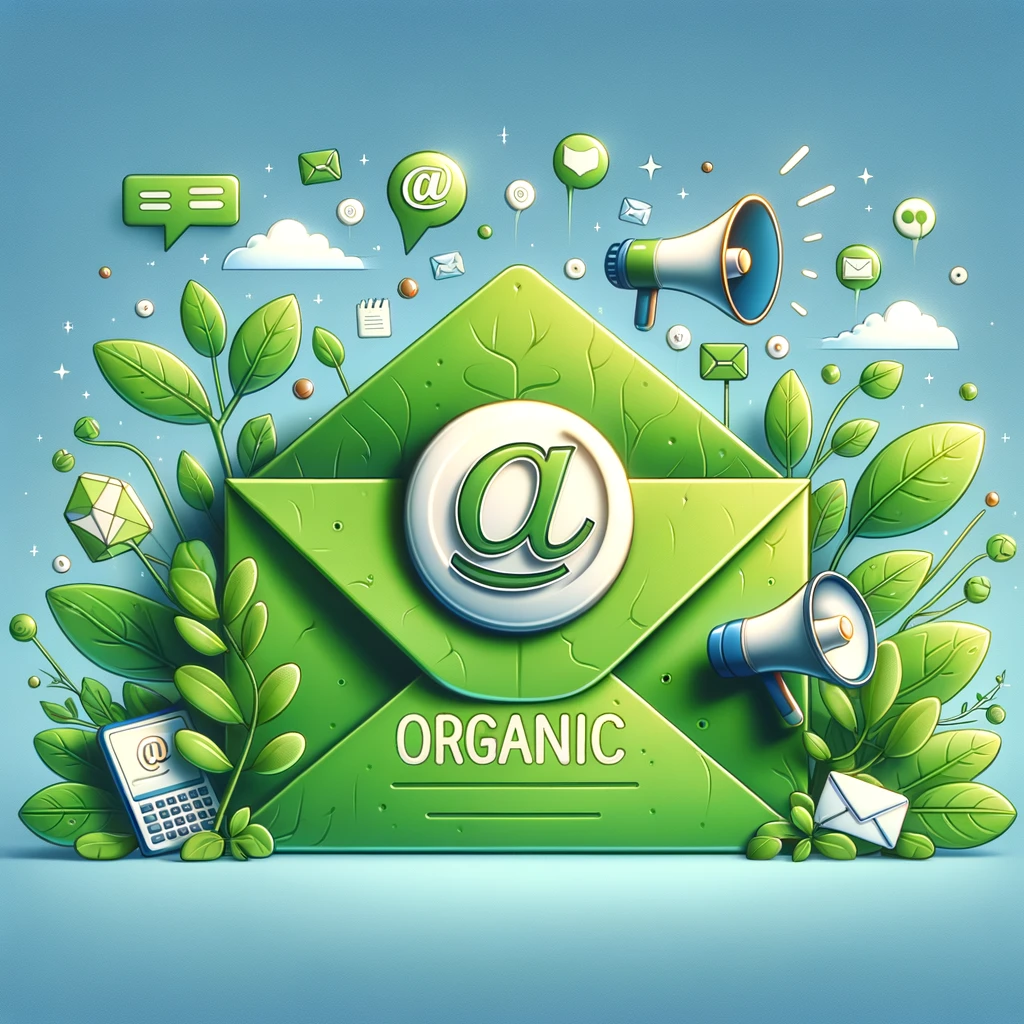
When’s the Best Time to Email? The Art of Email Timing
In 2019, nearly 294 billion emails were sent daily. To maximize email open rates, you need to deliver your content at an optimal time. Email timing is an art, dependent on several factors.
To learn how to get perfect timing for your email delivery, read this guide. You’ll soon benefit from increased open rates and more subscribers.
The Best Days and Times for Email Marketing
Getting the desired click rates for email interaction requires several things. Sure, your emails need strong subject lines and descriptions. But even the best subject line remains unclicked if timed incorrectly.
Depending on your email marketing goals and audience, your timing changes. Before scheduling your next email, consider the who and why of your content.
Who Are You Writing For?
Successful email marketing relies on a clearly defined audience. Click rates and perfect timing vary based on the purpose of each email campaign.
When writing email copy, keep it human and personal. Use feeling. Don’t go straight for transactional calls to action.
Instead, warmup up to your calls to action with genuine thoughts or comments. There are a few types of email content which impact the perfect email timing:
- The get-to-know: a personal, short, introduction without the ask and emotive, personable language
- The ask: builds on an existing relationship, one clear CTA, and gives the recipient agency or a choice to say no
- The follow-up: brief and humorous with a nod to getting out, no strings attached; low pressure incentivizes response
- The thanks: show appreciation and positive impact, opening the way for future collaboration
Each of these email types informs the best time for delivery. Your content goals align with different response rates on different days and times of the week. See more about the best days and times for email delivery, based on your audience and goals, below.
Monday
The first day of each week is the best (and worst) day to send emails. With the return to work, people’s inboxes overflow. Keeping content simple for your Monday-scheduled emails is the best way to get them open.
Don’t send your promotional emails on the first day of the week. Those are most likely to remain unopened and unclicked. Focus on business content and avoid lengthy newsletters.
Your ideal aims for Monday email content could be a follow-up, ask, or thanks. These give time for recipients to quickly read-through. They also give you time to send automated email reminders throughout the week.
Midweek (Tuesday through Thursday)
Generally, marketers agree that Tuesday is the best day of the week to send an email. Email timing for Tuesday and other midweek days falls around 11 a.m. This time follows the general workflows of employees across industries.
More than likely, people are settled into a routine, having adjusted to the workweek. Email marketing follows employee routines to get the best opens, clicks, and responses. Aiming midweek allows people the time to read through lengthier emails.
The get-to-know and the ask types of emails are best for midweek. With more time to process your content, subscriber click rates increase. Use this to your advantage with focused campaign goals.
Friday
After midweek, Fridays are the best days to send emails. Your click rates will be highest if you schedule delivery around 11 a.m. If you schedule emails for the afternoon, consider campaign goals with subtler calls to action.
As people are on their way out of the office, emails should offer easier interaction. Wordy content like newsletters is less successful, whereas promos offer simpler engagement.
Weekend
Dependent on your workplace culture and policy, employees may or may not check email over the weekend. If they do, the best day for email timing is Sunday evening. Generally, fewer emails are sent over the weekend so they may gain traction.
Over the weekend, emails containing rich content or slower calls to action may attract more opens and clicks. Follow-ups and thank yous are ideal content goals for this delivery window.
Perfect Timing Depends On You and the Right Tools
Your perfect email timing varies on your content needs. Aside from campaign goals and your audience, consistency is key. For you to take advantage of truly perfect timing, your emails shouldn’t be unexpected by subscribers.
If you know the best time for scheduled emails is 11 a.m. on Tuesdays or Fridays, schedule your emails for these times. To differentiate your delivery time, you can vary release by minutes of the hour vs. quiet minutes. Quiet minutes can help your emails stand out from competing inbox space.
With the right tools, you can send automated emails to reduce strain on your marketing team. You can even schedule delivery by time-zone to ensure optimal opens and clicks for widespread campaigns. Auto-resends are perfect the perfect follow up to unopened emails, too.
Testing your optimal delivery window can also narrow down the perfect timing for your emails. A/B testing tools and premium test kits can help you determine what current subscribers prefer. This knowledge boost campaign response and effectiveness.
Master Email Timing With Vertical Response’s Automated Emails
Now you better understand the art of email timing, you need a reliable platform. You know the benefit of automation and perfectly timed delivery. Finding a tool that offers simple automation, delivery, testing, and templates are difficult.
Vertical Response offers everything you need for timing your email delivery. We also offer automated responses to enhance follow-up time for customers. Create and test your emails and boost every campaign; sign up for a free trial today and discover your email today.
© 2021 – 2020, Chris Duncan. All rights reserved.




Very nice article